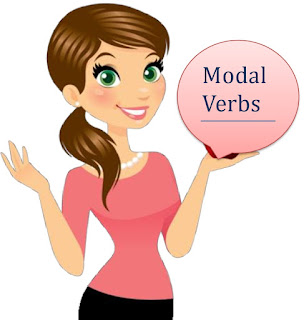Lesson Planning of Inflectional Endings Subject English Grade 3rd
Lesson Planning of Inflectional Endings
Subject English
Grade 3rd
Students` Learning Outcomes
- Students will recognize specific parts of words, including common inflectional endings.
Information
for Teachers
- An inflection is an addition to the end of a root / base word i.e. s, es, ed, ing.
- It is also known as a suffix.
- Inflections are used to change words into plural or to change the tense of the word (timing of the action).
Material /
Resources
Writing
board, chalk / marker, duster, objects from within the class e.g. the students`
bags, worksheets, pictures of singular and plural objects
Introduction
- Ask the students to raise their right hand.
- Ask, “What have you done?” (Expected answer would be as; I have raised my right hand).
- “Now raise your left hand also”.
- Then hold a book in your hand and ask them.
- “What do I have in my hand?” (Expected answer would be as; a book).
- “What do you have in your bag?” (Expected answer would be as; Book or many books).
- Tell the students that when we talk about more than one thing, we add‘s’ to it. This makes the world plural.
- Draw 2 columns on the board for singular and plural.
|
Singular |
Plural |
|
Book Desk Cat Cow Dog Lion King Girl Boy Bush Dish |
Books Desks Cats Cows Dogs Lions Kings Girls Boys Bushes Dishes |
- Ask the students to look around and tell you any ten nouns. Write down the singular nouns and then plurals in their respective columns.
Development
Activity 1
- Use students` knowledge of science by asking the following questions:
- How does a plant grow?
- What is the
most important part of a plant? (Root)
- Just like plants, our language also has root words from which other words grow.
- We can make new words by adding some letters to the basic (root) word.
- Write words on the board that end in s, es, ed, and ing. Like pencils, plates, pieces, called, walked writing, dining, etc.
- Then ask them to give you words ending in s, es, ed and ing.
Activity 2
- Ask students to clap their hands.
- What are you doing? (We are clapping our hands)
- Draw two columns on the board; write ING on one column an Ed on the other one.
- What did he do? (He clapped his hands)
- Write clapping and clapped in the respective columns.
- Ask students what other activities they do with their hands (waving, writing, shaking, holding, etc.)
- Write all these words in the ‘ing’ column.
- Ask them what they did recently (talked, walked, and stopped).
- Write these words in the ‘ed’ column.
- Tell the students that we add ‘ed’ to show that some action took place in the past; we add ‘ing’ to show that some action is continuing.
Sum up /
Conclusion
- Repeat and revise the words with inflectional ending to make the students remember it.
Assessment
- Ask students to write the function of the inflections / suffixes noted on the board.
- Why do we add s, es, ed, and ing at the end of words?
- Give one
example of each.
Follow up
- Ask the students to write the following in their notebooks.
- Five singular and five plural objects found in your kitchen and dining room (words ending in s or es)
- Five action you did in the evening (words ending in ed)
- Five actions
someone other more doing around you (Words ending in ing)









Comments
Post a Comment